Affiliate links on Android Authority may earn us a commission. Learn more.
The LG Prada was the first capacitive touchscreen phone, not the iPhone
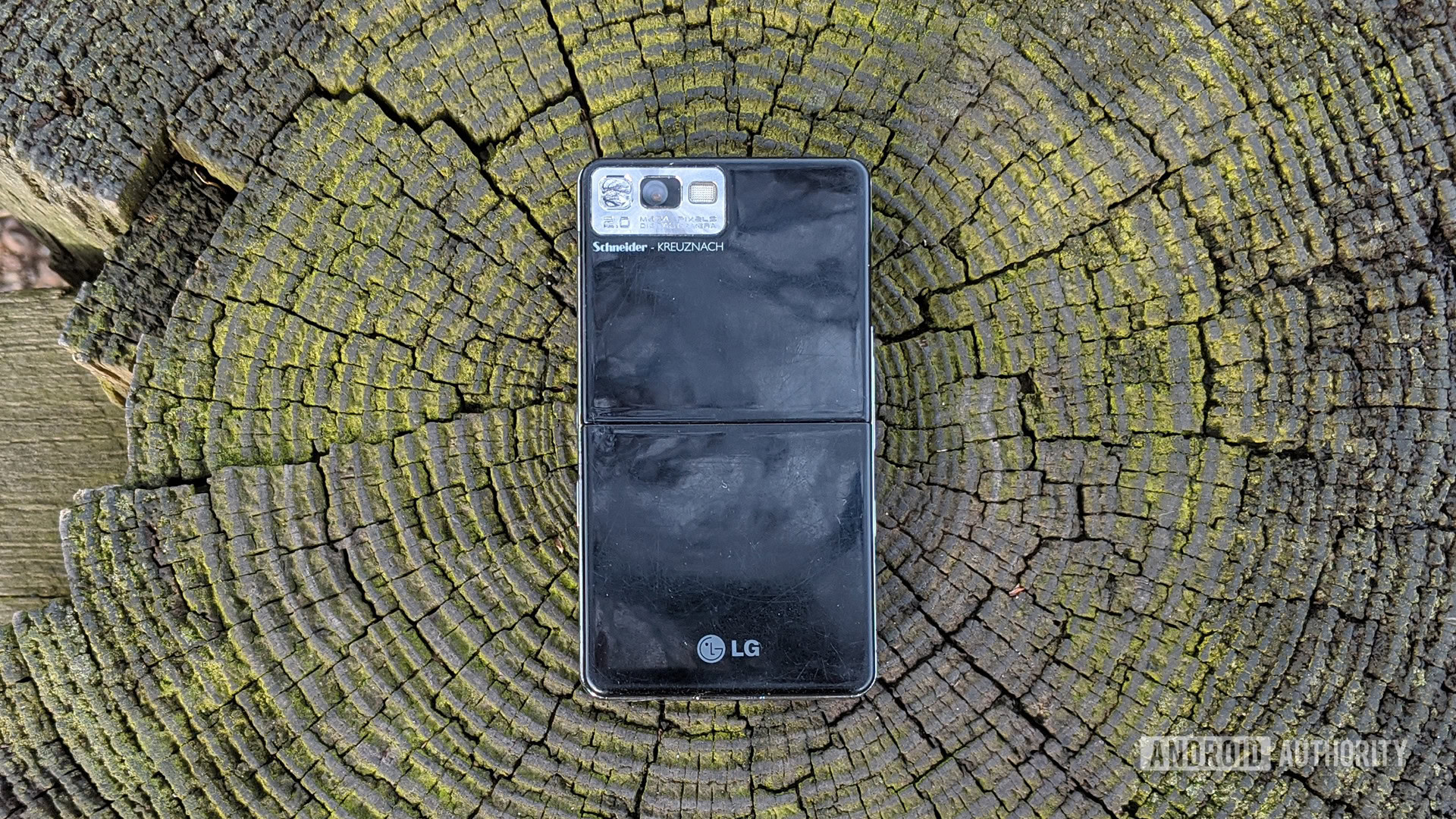
There’s no question that the iPhone radically changed the smartphone industry. Decades from now, there will be two eras of mobile technology: pre-iPhone and post-iPhone. However, it’s important to remember that the iPhone wasn’t the first of its kind. Instead, that honor goes to the little-known LG Prada.
The LG KE850 — marketed as the LG Prada as part of a tie-in with the designer fashion brand — wasn’t too dissimilar from the iPhone or future Android phones. It featured hardware buttons on the front underneath a capacitive touchscreen. It had an app drawer, Bluetooth, a camera, a web browser, and obviously sent and received phone calls and text messages.
It also launched a month before the iPhone and even hit store shelves before the iPhone did, which officially makes it the very first mobile phone with a capacitive touchscreen. Apple, though, seems to have stolen all of the Prada’s thunder over the years.
It’s been over 13 years since the launch of the LG Prada, and we thought we’d take a look at it with some fresh eyes. With some hands-on time, we set out to discover why the iPhone changed the industry while the KE850 is barely a blip on the radar.
You’d think the Prada would be more premium
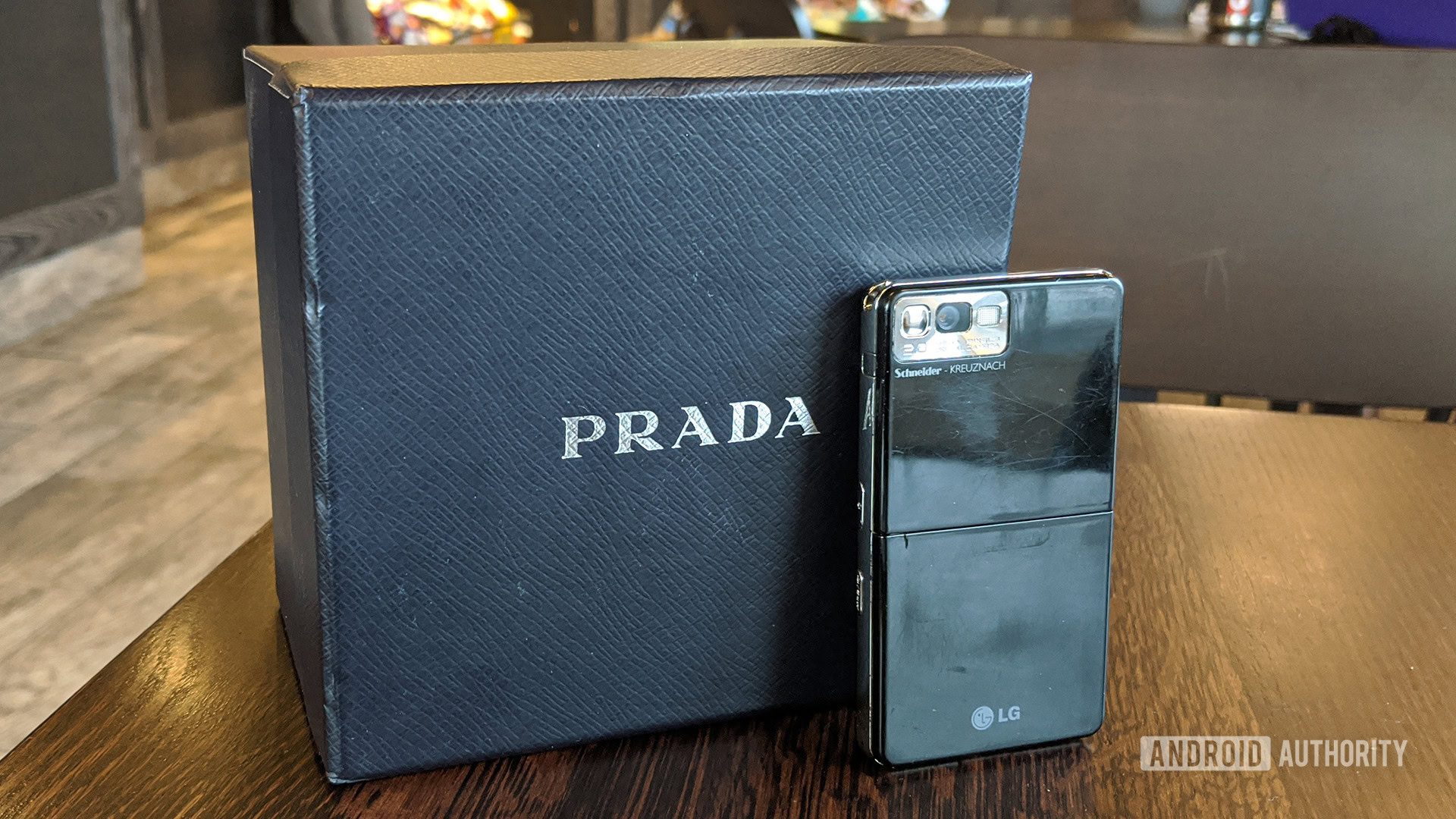
Obviously, we couldn’t walk down to our local Best Buy and pick up a 13-year-old smartphone. To get the LG Prada, we bought a used one on eBay. Thankfully, it came with its original box and even all its original accessories, but the device itself was worn down pretty bad.
Almost every aspect of the LG Prada is made of plastic. The front and back are made of a glossy black plastic while a chrome-painted plastic ring wraps around the outer edges. The rear camera module, though, is partially made of metal, which makes the device pretty top-heavy.
The LG Prada has a designer name attached to it, but the build of the phone does not suggest designer quality.
Whoever owned this phone beforehand clearly used it for a time as their daily driver, as the device was scuffed and chipped in many different areas. The chrome paint around the edges, in particular, now makes the phone look cheap since its scuffs give away the plastic construction. Even the Prada logo at the top has faded half away.
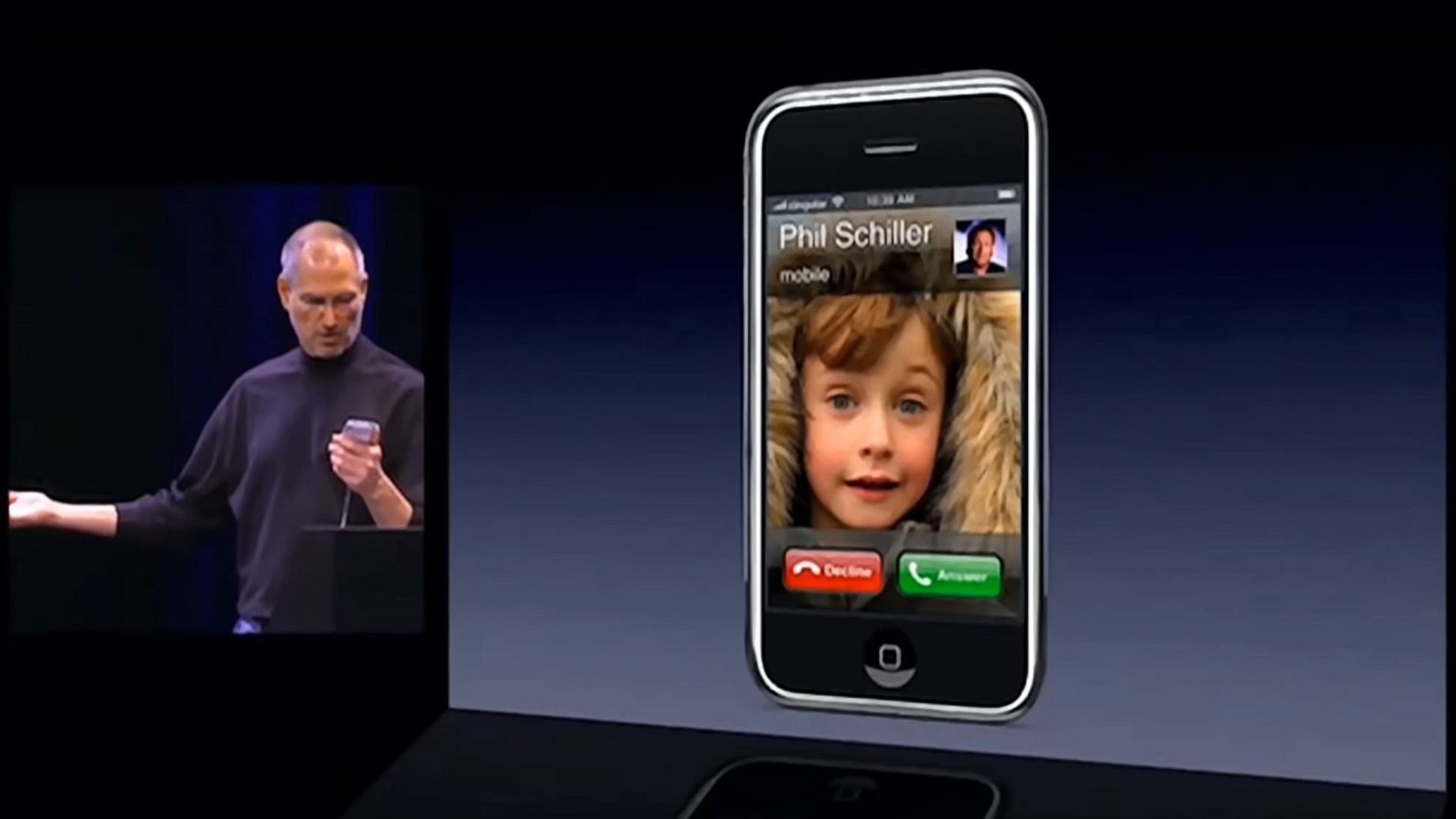
This is likely one of the first reasons why the iPhone made such a splash while the LG Prada has been lost to history. The original iPhone was constructed mostly of metal and glass, so even today it would probably still look pretty good.
The mostly-plastic LG Prada, though, doesn’t feel worthy of the Prada name. When you think Prada, you think premium, and the LG KE850 doesn’t really live up to that in a physical sense.
In other words, iPhone: 1, LG Prada: 0.
Some very strange spec decisions
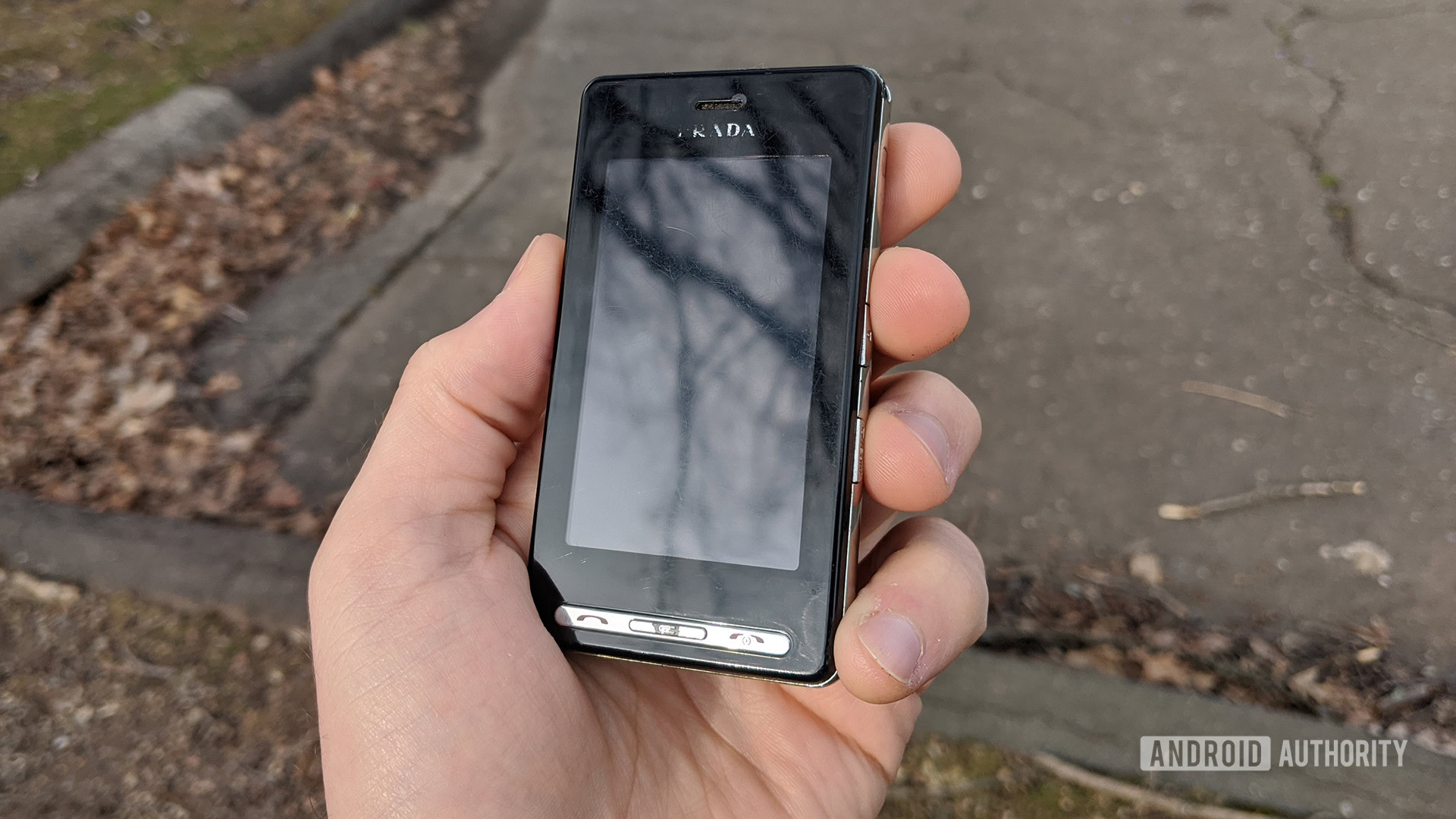
We love talking about specs here at Android Authority. The LG Prada, for its time, actually had quite a few areas on its specs sheet where it hit a home run. Unfortunately, there are simultaneously too many areas where it comes up short on specs, even for 2006.
Let’s start with the good stuff. One of the most surprising aspects I noticed about the LG Prada when I first turned it on was that it has Bluetooth support. Bluetooth had been around in commercial devices since 2001, though, so I don’t know why I was surprised. It has Bluetooth 2.0, which at the time was the latest-and-greatest.
For a 2006 phone, the LG Prada had some interesting specs and features, including a then-new microSD card slot.
The LG KE850 also has a microSD card slot. Although a lot of mobile phones in 2006 had them, the technology was still fairly new, as the microSD card format had only been approved in the year prior. The LG Prada could handle microSD cards up to 2GB in size.
Finally, the camera on the LG Prada is actually better than the one that would eventually land on the original iPhone. Not only did it have the same resolution (2MP at 1,600×1,200) but it also had a flash and captured video, two things the iPhone didn’t have.
Here is the full specs table for the LG Prada. Take a look and then let’s talk about the big mistakes LG made here.
| LG Prada (KE850) | |
|---|---|
Display | 3-inch capacitive touchscreen 400 x 240 resolution 5:3 aspect ratio |
Storage | 8MB of storage microSD slot (up to 2GB) |
Camera | Rear-mounted 2MP Schneider-Kreuznach optics LED flash Mirror |
Audio | Mono loudspeaker No headphone jack |
Connectivity | 2G network: GSM 900 / 1800 / 1900 Bluetooth 2.0 FM Radio USB 2.0 (proprietary connector) |
Battery | 800mAh |
Dimensions | 98.8 x 54 x 12mm |
Weight | 85g |
Colors | Black |
The most obvious mistake here is the lack of Wi-Fi capabilities on the LG Prada. This is pretty much inexcusable as the first mobile phones with Wi-Fi came out as early as 2004. Wi-Fi support was still far from common on most phones in 2006, but for a bleeding-edge device like the Prada, it would’ve been fair to expect top-tier connectivity.
Another huge problem is the amount of internal storage on the Prada. That’s not a typo up there: the Prada really only has a measly 8MB of built-in storage. Sure, you can add up to 2GB more with a microSD card, but even the lowest-level iPhone came with 4GB of storage built-in.
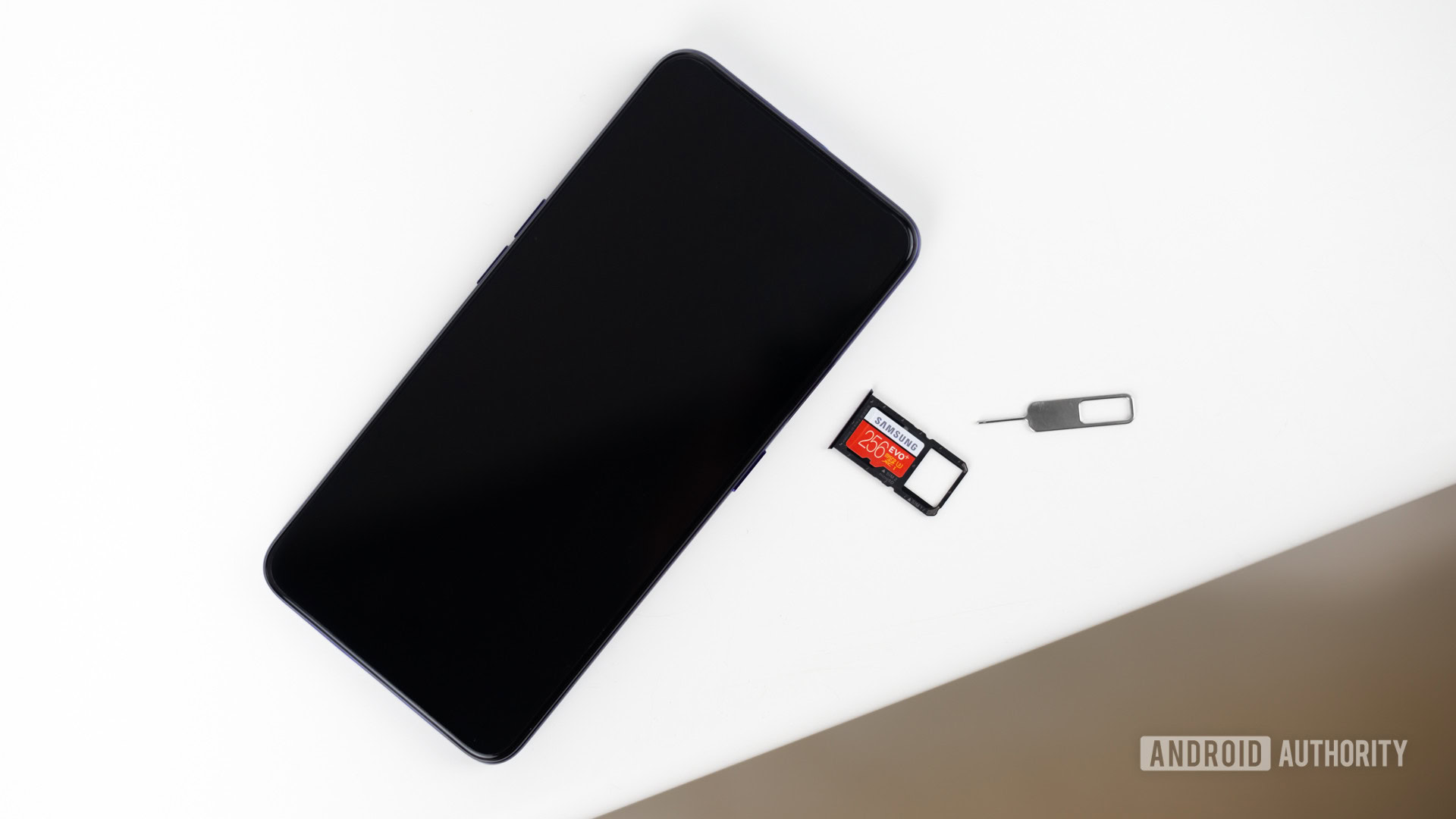
Finally, while it’s great the battery is removable, its 800mAh capacity is pretty bad. The iPhone had nearly twice that at 1,400mAh. Battery capacity isn’t everything, but user reports from LG Prada owners claim the battery wasn’t great.
While the LG Prada wasn’t universally disappointing as far as specs go, it’s easy to see that it left a lot to be desired. Once again, we gotta hand it to the iPhone here for delivering the specs that count the most (even if the inability to record video was a terrible move).
So that’s iPhone: 2, LG Prada: 0.
The camera, though, is surprisingly good
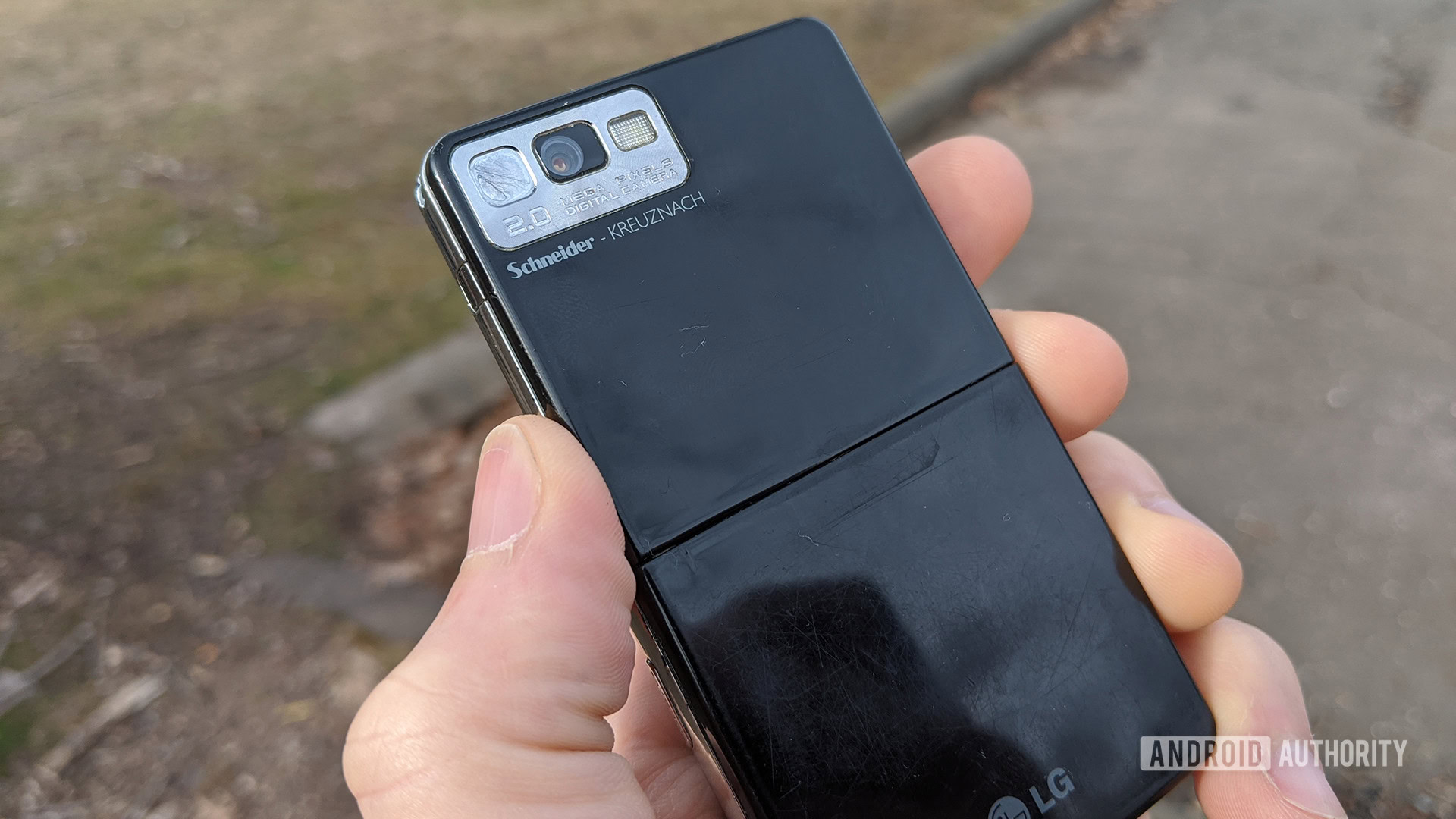
In 2006, the LG Prada's camera would have been top-of-the-line.
With the Prada branding attached to the LG KE850, it should come as little surprise that the camera on the phone is top-notch (once again, for 2006). The rear camera module records stills and video, includes a flash, and the software gives you a surprising degree of control over your shots.
There’s no selfie camera here (the iPhone didn’t have one either), but LG does include a very tiny mirror to the left of the camera lens. Using this, you can somewhat see your face and gauge whether or not you will be in the frame if you try to take a selfie. It’s a lo-fi solution, but it’s more than the iPhone did.
Before we talk more about the camera, here are some example shots. These pictures are unedited and presented in their original 4:3 aspect ratio:
Most of the shots above were taken with a point-and-shoot mentality, but the phone’s camera software is pretty robust. You can do simple things such as set a shutter timer, turn the flash on or off, or change the image resolution (320 x 240 at the low end, 1,600 x 1,200 at the high).
You can also do more advanced things, though, such as choose the type of lighting, sort of like a poor man’s white balance. You can choose to manually focus rather than use autofocus and can even add filters. There’s even an option to change the noise the camera makes when you press the shutter button (which is physical, placed on the right side of the phone).
Video recording options are less robust, but you can still control a few important things such as resolution (maxing out at 400 x 240), digital zoom, and whether the flash stays on during recording.
Meanwhile, the original iPhone had none of these things. When you opened up the camera app on an iPhone, there was a shutter button for taking stills and… that’s it.
Of course, iPhone users could snap away happily as they didn’t need to worry about having a measly 8MB of internal storage. We’re going to let that slide though and give the LG Prada the win here over the iPhone, which brings the score to iPhone: 2 and LG Prada: 1.
The lynchpin? iPhone OS vs Flash UI
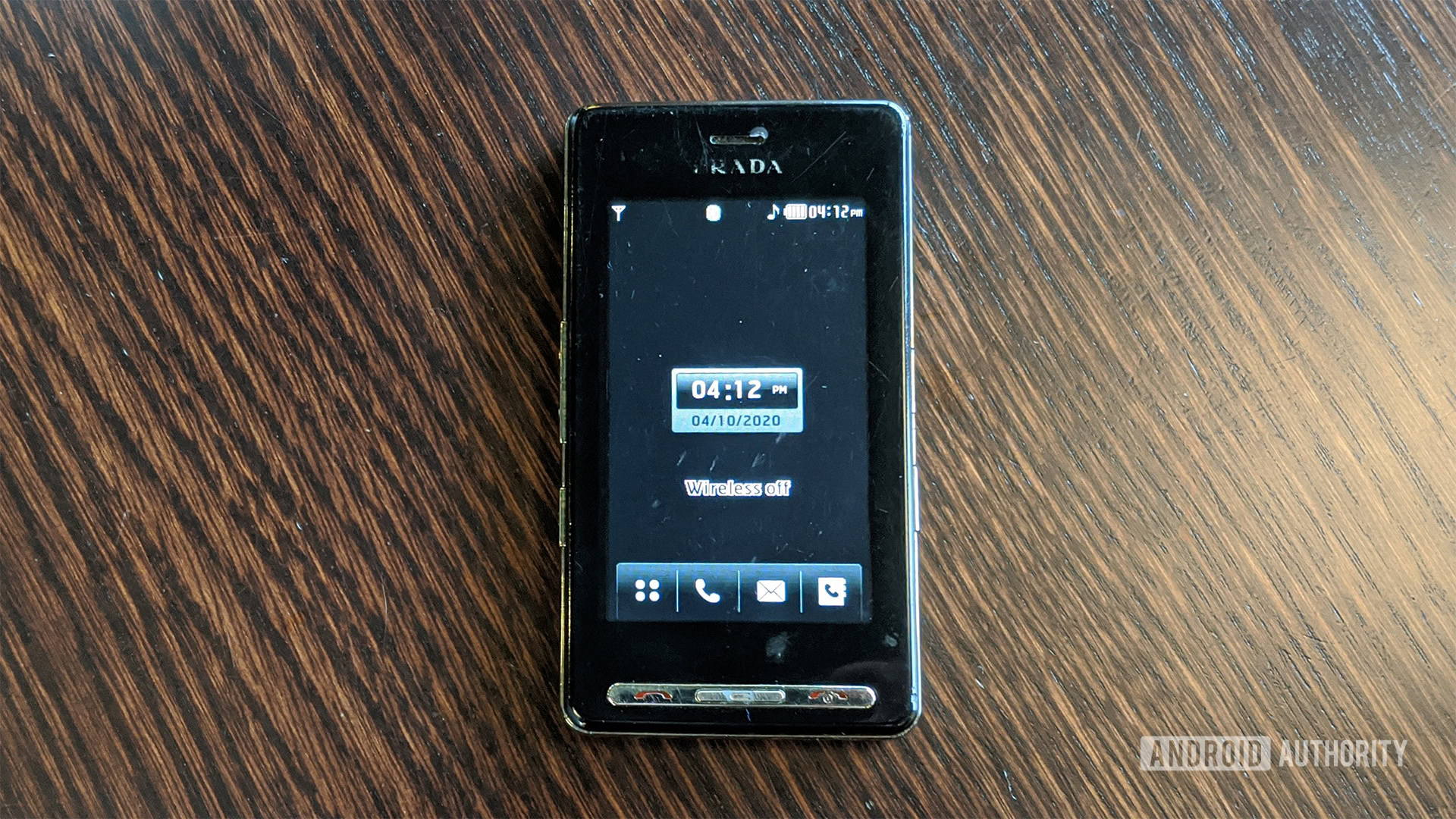
The first Android smartphone wouldn’t land until 2008 as the HTC Dream (or the T-Mobile G1 in some areas). As such, the LG Prada does not run on Android. Instead, it runs on a proprietary operating system built on Flash that we’re just going to call Prada UI.
Remember that prior to the KE850, there were no capacitive touchscreen smartphones. Resistive touchscreens had been around for a while, which technically worked with finger inputs, but these were far more suited to a stylus. Otherwise, you either had buttons, mini-joysticks, or a trackball. LG couldn’t just use the touchscreen OS of choice on the Prada because there wasn’t a touchscreen OS of choice.
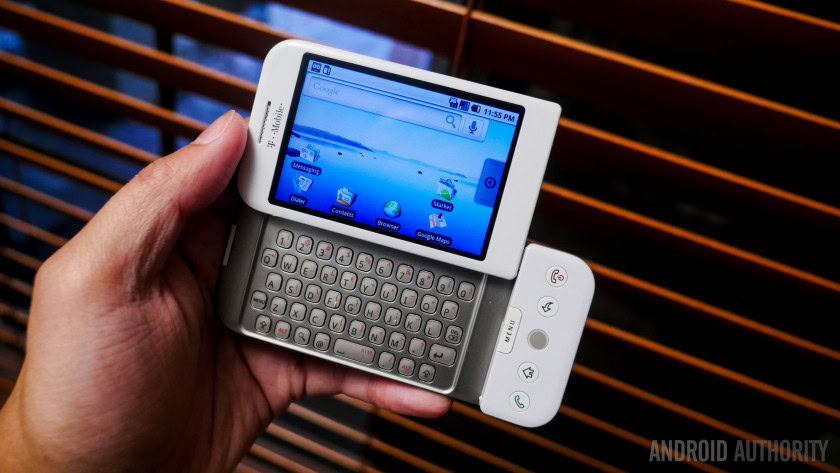
This, ultimately, is where LG massively drops the ball. This was an opportunity for the company to set the groundwork on an operating system built with human touch distinctly in mind. Instead, what did LG do? It essentially transferred the operating system of a feature phone and made it touch-capable and called it a day.
As an example of what I mean, the LG Prada does not have a software keyboard. If you want to compose a text message you are presented with an on-screen numeric keypad and need to use T9 entry. For those of you too young to know what that is, that’s when you tap a number a certain number of times to pick a letter and then move on to the next letter.
The iPhone, meanwhile, had a full QWERTY keyboard that would appear on the screen, instantly making T9 seem like it came from the stone age.
Ultimately, the LG Prada's bad software is what killed any chances of the device becoming legendary.
This is just one example. iPhone OS trounced Prada UI in so many different ways, such as including a fully featured web browser, multitouch support including pinch-to-zoom capabilities, access to a Google Maps application, and even a YouTube app. In brief, the iPhone’s software seemed like it came from the future, while the LG Prada’s software seemed like a slight tweak of the past.
This, ultimately, is what sent the iPhone into the stratosphere. It’s not even a question of points anymore — the LG Prada could have dominated the iPhone in every other respect, but Prada UI is a failure.
But there was one final nail in the LG Prada coffin…
The nail in the coffin was pricing
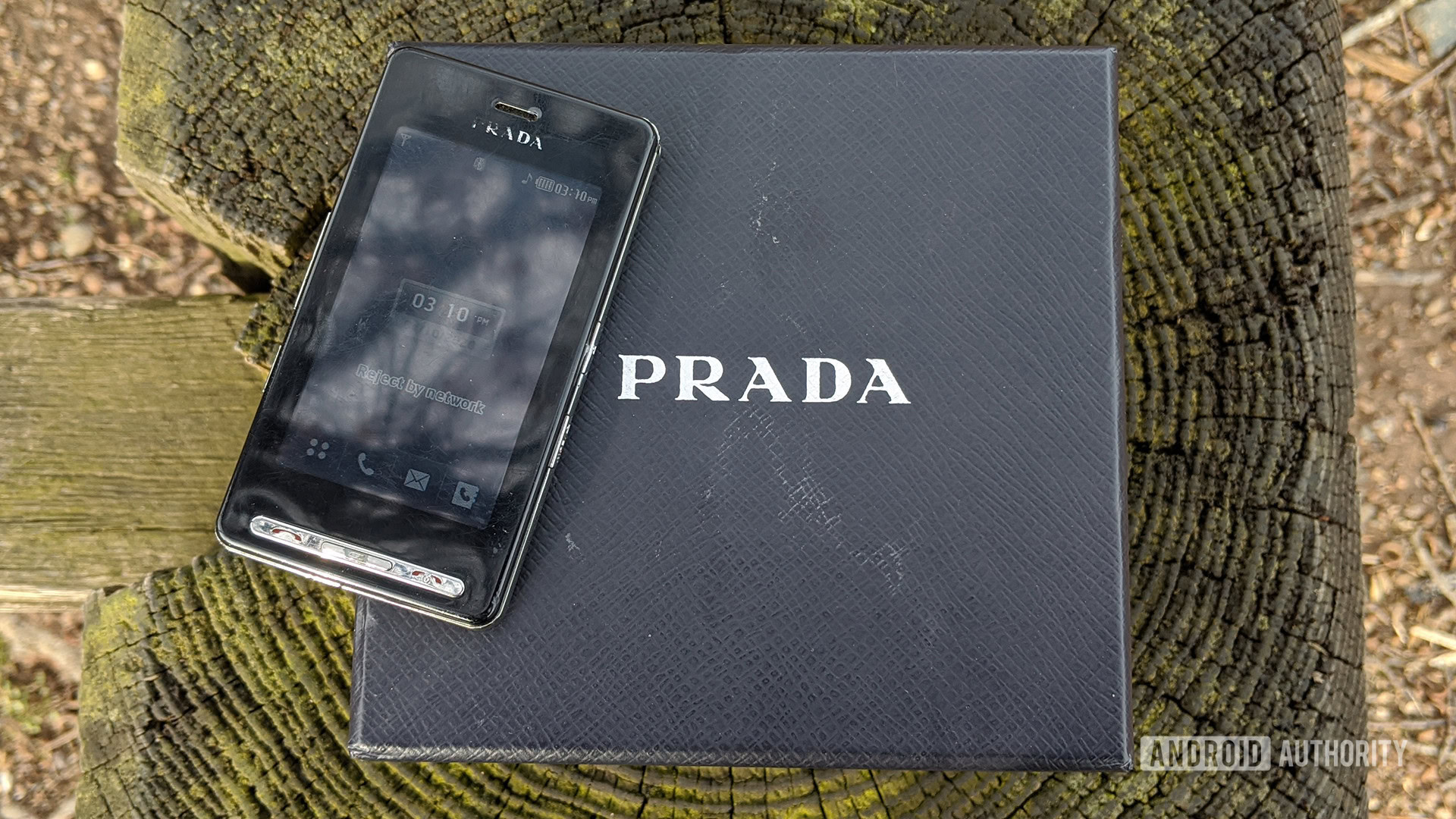
We’ve already determined that the iPhone had a more premium build, some important spec upgrades, and a vastly superior software experience as compared to the LG Prada. Therefore, one would expect the iPhone to start at a higher price, right?
History tells us that wasn’t the case. The lowest-level iPhone with 4GB of internal storage started at $499. The LG Prada retailed here in the United States for a jaw-dropping $849. In 2020 dollars, that means the Prada would have cost about $1,050 while the iPhone would have cost $615.
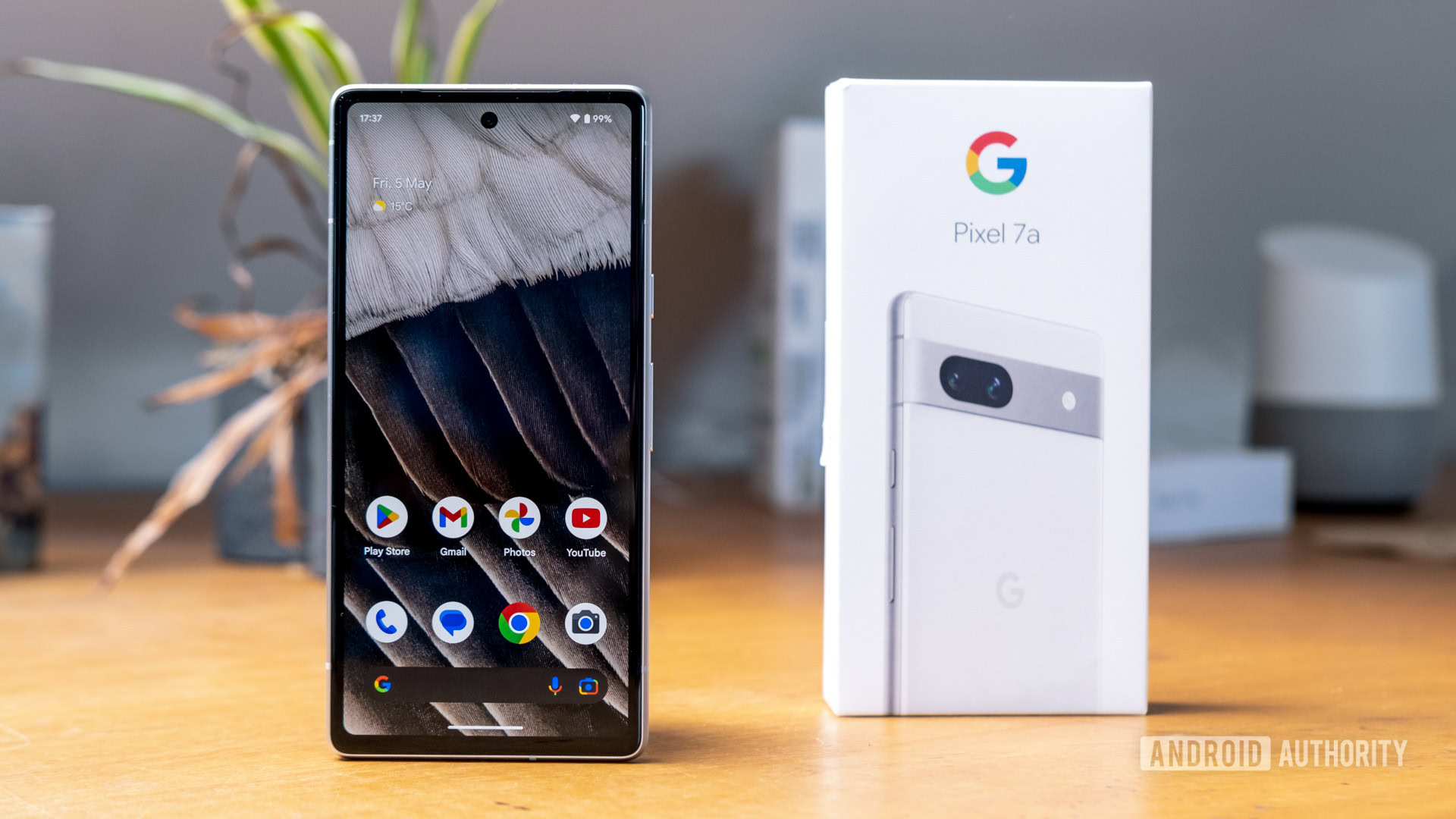
This pricing is just inexcusable. Sure, the Prada name likely made LG feel confident that it could push the price of the phone higher than usual, but when the iPhone lands and undercuts the pricing by over 30%, you’re going to have problems.
On a related note, the iPhone was easily accessible from any AT&T store, as Apple had signed an exclusive deal with the carrier. The Prada had no carrier partnership here in the US, meaning that for a consumer to get it they needed to pay in full for an unlocked phone. In 2007, this was mostly unheard of here in the US, as virtually no one bought unlocked devices at that time.
Imagine what the LG Prada could have been…
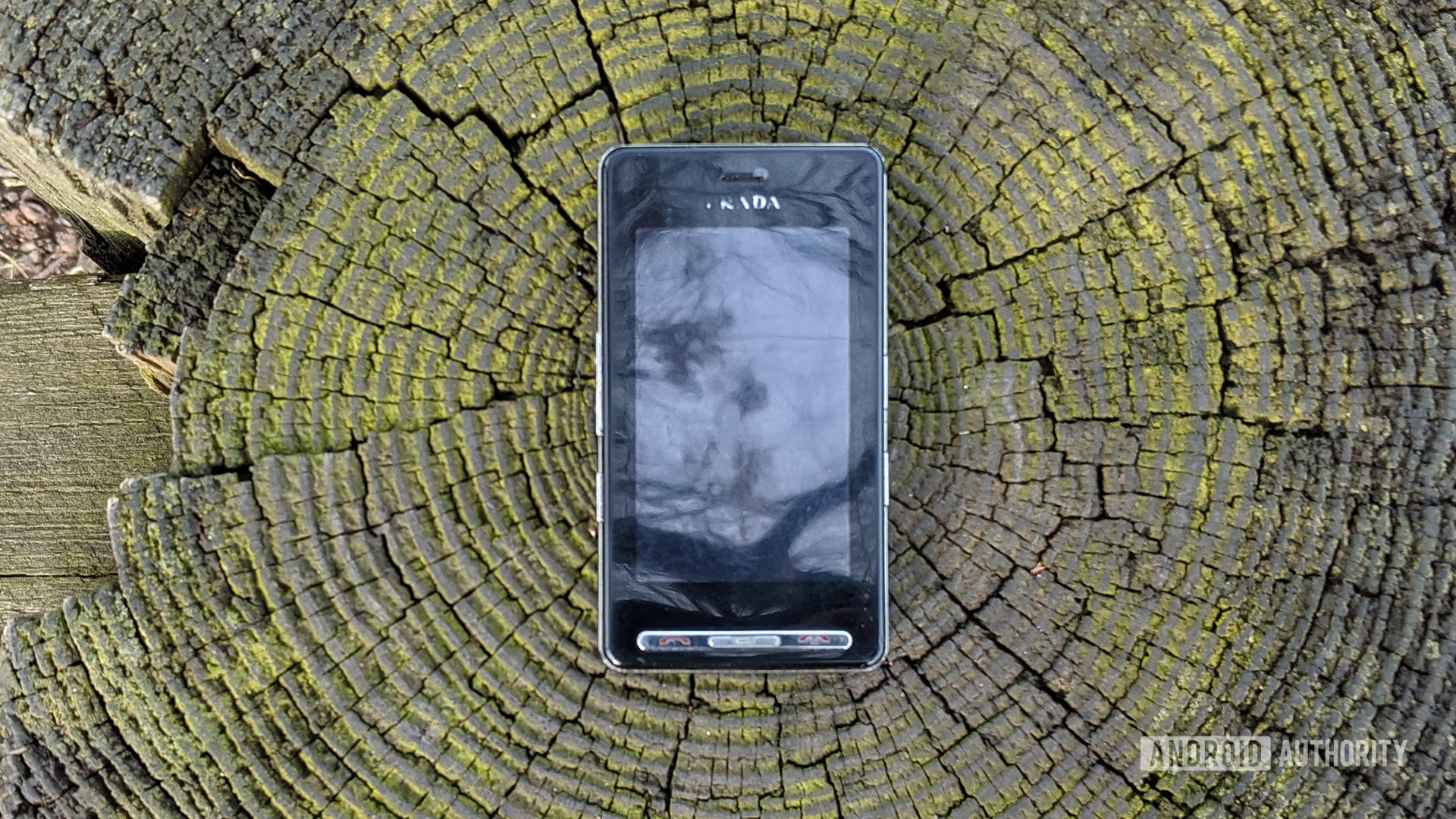
Let’s imagine for a second that the LG Prada didn’t have so many shortcomings compared to the iPhone. Imagine that the phone had the same camera, a more premium build, a universally great spec sheet, a new operating system, and a competitive price. It’s very possible that LG would now be the world’s most successful company.
But LG didn’t do any of that. Instead, it took the quick buck route and put one piece of advanced technology (the camera) in a plastic chassis, slapped a designer fashion label on it, and tried to charge top dollar. It was pretty lazy, especially when you compare the Prada to the iPhone.
This is a perfect example of why being “first” in a new consumer technology isn’t nearly as important as being “best.” Apple knows this better than any other company, but LG needed to learn it the hard way.